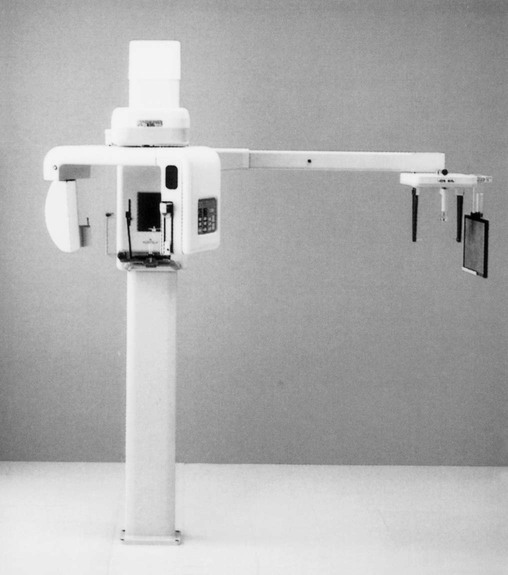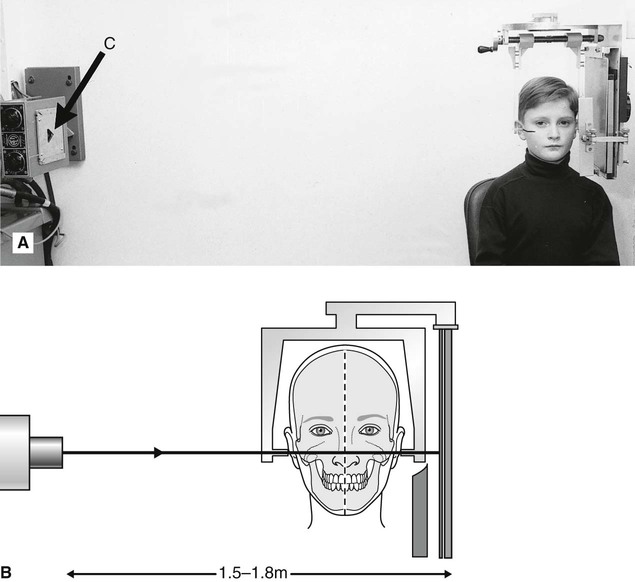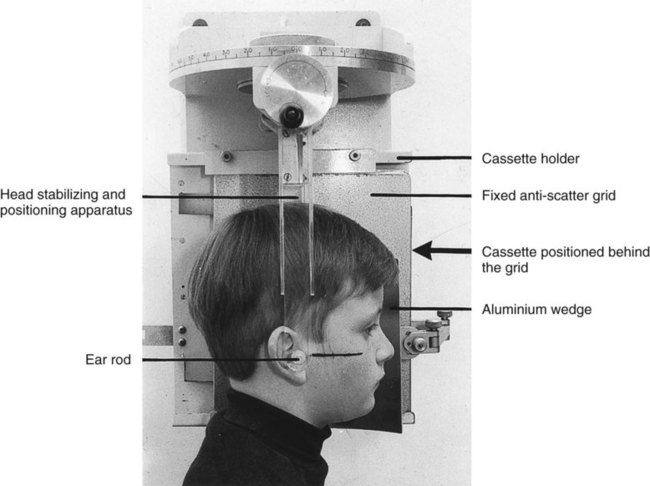Cephalometric radiography
Main indications
Orthodontics
• Initial diagnosis – confirmation of the underlying skeletal and/or soft tissue abnormalities
• Monitoring treatment progress, e.g. to assess anchorage requirements and incisor inclination
• Appraisal of treatment results, e.g. 1 or 2 months before the completion of active treatment to ensure that treatment targets have been met and to allow planning of retention.
When considering these indications, it should be remembered that all radiographs must be clinically justified – a legislative requirement in most countries. In the UK, indications and selection criteria for cephalometric radiographs are clearly identified in the British Orthodontic Society’s 2008 booklet Orthodontic Radiographs – Guidelines for the Use of Radiographs in Clinical Orthodontics (3rd Edition) and in the Faculty of General Dental Practice (UK)’s 2013 booklet Selection Criteria for Dental Radiography (3rd Edition). These guidelines are designed to assist in the justification process so as to avoid the use of unnecessary radiographs.
Equipment
Traditional film-based equipment
This either consists of an additional attachment to a panoramic unit as shown in Fig. 14.1, or as a completely separate dedicated unit as shown in Fig. 14.2. The basic components include:
• X-ray generating apparatus that should:
– Be in a fixed position relative to the cephalostat and film so that successive radiographs are reproducible and comparable. To minimize the effect of magnification the focus-to-film distance should be greater than 1 m and ideally in the range 1.5–1.8 m (see Fig. 14.2).
– Include a light beam diaphragm to facilitate the collimation. The beam should be collimated to an approximately triangular shape to restrict the area of the patient irradiated to the required cranial base and facial skeleton, so avoiding the skull vault and cervical spine and thyroid gland (see Fig. 14.2).
– Be capable of producing an X-ray beam that is sufficiently penetrating to reach the film and parallel in nature.
• Cephalostat (or craniostat) (see Fig. 14.3) comprising:
– Head positioning and stabilizing apparatus with ear rods to ensure a standardized patient position. Additional positioning guides can include forehead supports and infraorbital guide rods.
– Optional fixed anti-scatter grid to stop photons scattered within the patient reaching the film and degrading the image. This is not usually included in combined panoramic/cephalostat units.
• Cassette (usually 18 × 24 cm) containing rare-earth intensifying screens and indirect action film.
• Aluminium wedge filter designed to attenuate the X-ray beam selectively in the region of the facial soft tissues to enable the soft tissue profile to be seen on the final radiograph. This is either attached to the tubehead, covering the anterior part of the beam (the preferred position) or it is included as part of the cephalostat and positioned between the patient and the anterior part of the cassette.
Stay updated, free dental videos. Join our Telegram channel

VIDEdental - Online dental courses





